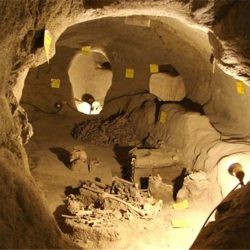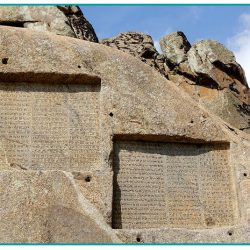Samen Underground City
Samen Underground City is located in the south west of Malayer County, Hamedan, which was on carved stone bedrock. Archeologists consider the initial core of the city belonging to prior to Arsacid period, which has been expanded over time. Samen Underground City “Samen” hidden or underground city which was hidden before Arsacid period was later used as a cemetery. What can be conclude based on human studies and anthropological analyses





